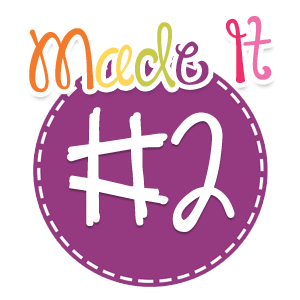The first school I taught in required all teachers to put up Word Walls. I had no idea what a word wall was but since it was a requirement, I purchased some large, neon colored index cards, wrote down a bunch of Algebra vocab. on them, and glued them to the wall. While I thought it looked great, the wall was super ineffective and taught me a lot about word walls!
A word wall is a learning tool. Students will be looking at the walls of your classroom EVERY day they attend class. Use that to your advantage by placing words on the wall that will help them in class. In secondary math it should be used to reinforce vocabulary. Every time a new vocabulary word is introduced, a word can be added to the wall. If any words come up in class that students need help with, add it to the wall too! During instructional time, refer to the word wall. Use a laser pointer or ruler to point out words as you discuss their meaning. For example, when introducing equations you may use a pointer to point to the word expression and the word equation. Then, have students identify the differences between the two. This helps students CONNECT the words on the wall. Put your word wall somewhere that is visible to all students. If you use a smart board and your board is at the front of the classroom put the word wall somewhere on the sides of the board, over it, or around it. That way when students are waiting for new information to come up on the board they have something informational to look at. Putting the word wall on a side wall or somewhere students do not frequently look will make the wall ineffective. If you need to you could even create word "wall" on a folding presentation board. That way you can easily move the board around the room.
If you are thinking about using a word wall this year (and I would suggest using one!) here are some helpful word wall rules:
1) Write the words in dark colored ink with a white background. Colors are fantastic, but should be used as borders, not for actual word cards.
An effective word wall is one that can be seen by all students at all times. A white background with dark ink will bring attention to the words and make them stand out. My neon colored index card word wall looked pretty cool up close, but the first time I walked to the back of the classroom to check it out I noticed that the bright colors meshed together and I found myself checking out the colors, not the words. Colored backgrounds make it more difficult to make out words from a distance, and take away from the point of the wall - the words.
2) When possible, add pictures to the word wall! Your word wall that says "equation" on it should have an actual equation on it. The variable card should have a variable on it (or around it). A great project for early finishers in the class is to have them create pictures to go with word wall cards. It takes all of 30 seconds to have a student draw some parabolas to stick under the parabola card and students love having their work displayed!
3) Group words that go together. For unit 1 on identifying real numbers you will have words like real number, natural number, irrational number, rational number, etc. These words can go under the title header: "Real Number Sets". They can also have coordinating borders to further connect the words (and add color to the room!). You may have those cards backed with yellow paper, and your "Pythagorean Theorem" cards backed on green paper. When trying to remember real number sets on a quiz reminding students that the words they need to recall were the "yellow" words is an easy way to trigger their brain.
4) Update your word wall as often as possible. I set a goal to update the wall weekly, but sometimes words come up that need to be added sooner. At one point I was discussing solving equations with students and discovered some of my students could not recall where a denominator was. I always kept some blank cards in a drawer at my desk and was able to quickly pull out a card, have a student write down the word, and had them add it to the wall that moment. You can bet the next time I asked students what number was in the denominator of the left side of the equation every hand in the room went up!
My latest word wall looked something like this:
The words were easy to distinguish and I really like the font used! (Limelight). If you are looking for a ready made word wall check out these sets I have posted in my teachers pay teachers store. Each set includes an editable version so that you can easily create your own words to add!
Have you ever used a word wall? How is your word wall displayed? I'd love to hear how you do it, please leave comments below!
Have a great weekend!

Background for this blog post came from: Glitter Meets Glue and Emily Wean. Fonts for the pictures are from: KG Fonts.


























































